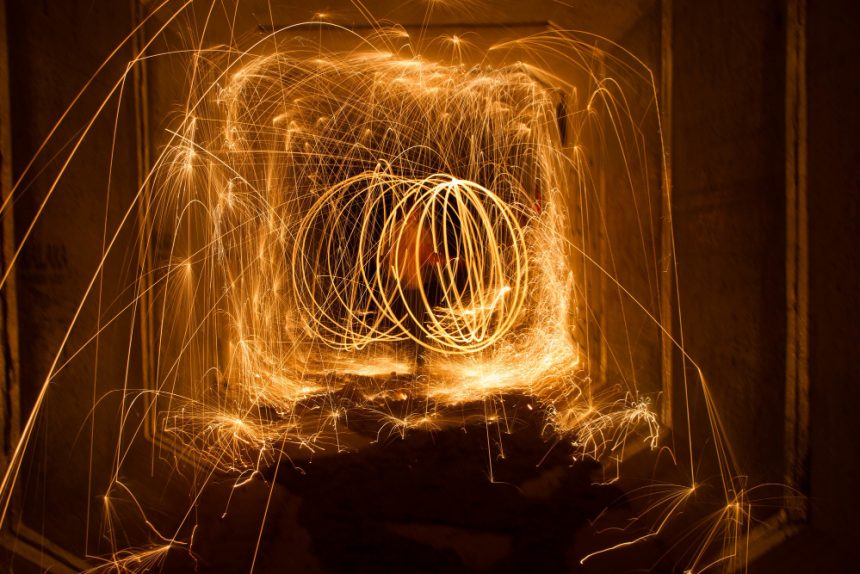In the rapidly evolving landscape of technology, the advent of quantum computing heralds a profound shift in how we process, analyze, and harness information. While classical computers—our everyday devices like laptops, smartphones, and servers—have revolutionized society over the past century, quantum computers promise to unlock capabilities far beyond their classical counterparts. To truly appreciate this leap, it’s essential to understand how quantum and classical computing fundamentally differ — not just in scale or speed, but in their core principles, physics, and hardware foundations.
The Foundations of Classical Computing
Classical computers operate based on the principles of classical physics, which govern our everyday experience. Their core unit of information is the bit—a binary state that is either a 0 or a 1. These bits are processed through logic gates built from transistors—miniature electronic switches that control the flow of electrical current. By combining millions or billions of transistors, classical computers perform complex calculations, simulate processes, and run software—all under deterministic rules.
The hardware components follow laws of electromagnetic interactions and semiconductor physics, making classical computers relatively robust, reliable, and operable at room temperatures. Their logic is based on Boolean algebra, and their operation is well-understood and predictable. This foundation has allowed classical computers to scale remarkably well, following Moore’s Law for decades, enabling extraordinary computational power within compact hardware.
The Quantum Paradigm: Moving Beyond Bits
Quantum computers, by contrast, are built upon the principles of quantum mechanics—the strange, counterintuitive physics that describe the behavior of particles at atomic and subatomic scales. The core unit of quantum information is the qubit (quantum bit), which differs profoundly from a classical bit.
Superposition is perhaps the most famous quantum property: a qubit can exist in multiple states simultaneously. Instead of being strictly 0 or 1, a qubit can be in a linear combination (superposition) of both. This means that a quantum computer with n qubits can, in principle, represent a vast number of possibilities at once.
Another hallmark property is entanglement, a phenomenon where qubits become interconnected such that the state of one instantly influences the state of another, regardless of the physical distance separating them. This entanglement allows quantum systems to perform complex correlated operations that are impossible within classical frameworks.
These quantum features enable quantum computers to tackle specific problems—such as factoring large numbers, simulating quantum systems, or optimizing complex networks—more efficiently than classical computers. In some cases, the speed-up is exponential, meaning quantum computers can solve certain classes of problems dramatically faster.
Hardware Foundations: From Transistors to Quantum Devices
Classical hardware relies heavily on silicon-based transistors, which form the backbone of digital logic circuits. These are engineered to work reliably at room temperature, with manufacturing techniques refined over decades.
Quantum hardware, on the other hand, is fundamentally different. It involves specialized physical systems capable of maintaining quantum coherence, such as:
- Superconducting circuits: Utilized by companies like IBM and Google, superconductors operate near absolute zero, allowing electrons to flow without resistance and exhibit quantum superposition.
- Trapped ions: Ions suspended in electromagnetic traps are manipulated with lasers to create and control qubits with exceptional precision.
- Topological qubits: An emerging approach that aims to encode quantum information in exotic states of matter, potentially offering greater stability against environmental disturbances.
- Photonic systems: Leveraging quantum states of light for communication and computation.
Maintaining qubits in a delicate quantum state requires extreme conditions—most often near absolute zero temperatures (millikelvin range)—and shielding from environmental noise, such as thermal vibrations or electromagnetic interference. This extreme sensitivity contrasts with the robustness and ambient operating conditions of classical hardware.
The Way Information is Processed
In classical computing, logic gates—AND, OR, NOT—execute deterministic operations on bits, with results read via measurement of electronic signals. Classical bits are unaffected by the measurement process itself; their states are well-defined until read.
Quantum computing employs quantum gates—unitary transformations—that manipulate the superpositions and entanglement of qubits. These gates are fundamentally different because they alter the probability amplitudes of the qubits’ states without collapsing them prematurely. The outcome is probabilistic; after computation, a measurement collapses the qubits’ superpositions into definitive classical states, revealing the results.
This process—quantum algorithms—leverages interference and entanglement to amplify correct solutions while canceling out incorrect ones, allowing quantum algorithms to perform certain tasks with unparalleled efficiency.
Challenges and Differences in Error Correction and Scalability
Quantum systems face significant challenges that traditional classical hardware do not. Quantum coherence is fragile; any unwanted interaction with the environment can cause decoherence, destroying the superposition and entanglement needed for quantum advantage. Developing quantum error correction is substantially more complex than classical error correction, as it must preserve quantum superpositions without directly measuring the qubits’ states, which would collapse them.
Scalability is another major hurdle. While classical computers can readily increase in complexity by adding transistors, quantum systems require maintaining coherence across increasing numbers of qubits, which becomes exponentially more difficult.
The Fundamental Difference
In essence, the fundamental difference between quantum and classical computers lies in their computational principles rooted in physics:
- Classical computers process deterministic, binary information based on well-understood physics involving electrons in semiconductors.
- Quantum computers process probabilistic, superposed, and entangled states governed by the laws of quantum mechanics, leveraging phenomena that have no classical analog.
This difference not only influences their hardware but also their algorithms, capabilities, and potential applications. Quantum computing offers a paradigm shift—an entirely different way of harnessing nature’s laws to solve problems that are currently intractable for classical systems.
Conclusion
Understanding why quantum computers differ from classical ones requires a deep appreciation of the underlying physics. Classical systems excel through robustness and well-understood principles, but they are fundamentally limited by the deterministic nature of classical physics. Quantum systems, by contrast, exploit the bizarre and counterintuitive behaviors at the quantum level—superposition, entanglement, and coherence—to perform certain computations exponentially faster.
While the technology is still in its early stages with many technical challenges, the potential of quantum computing to transform fields like cryptography, materials science, and complex optimization makes it a frontier worth watching. It is not merely a faster version of classical computing but a revolutionary approach rooted in the very fabric of the universe’s quantum nature.









